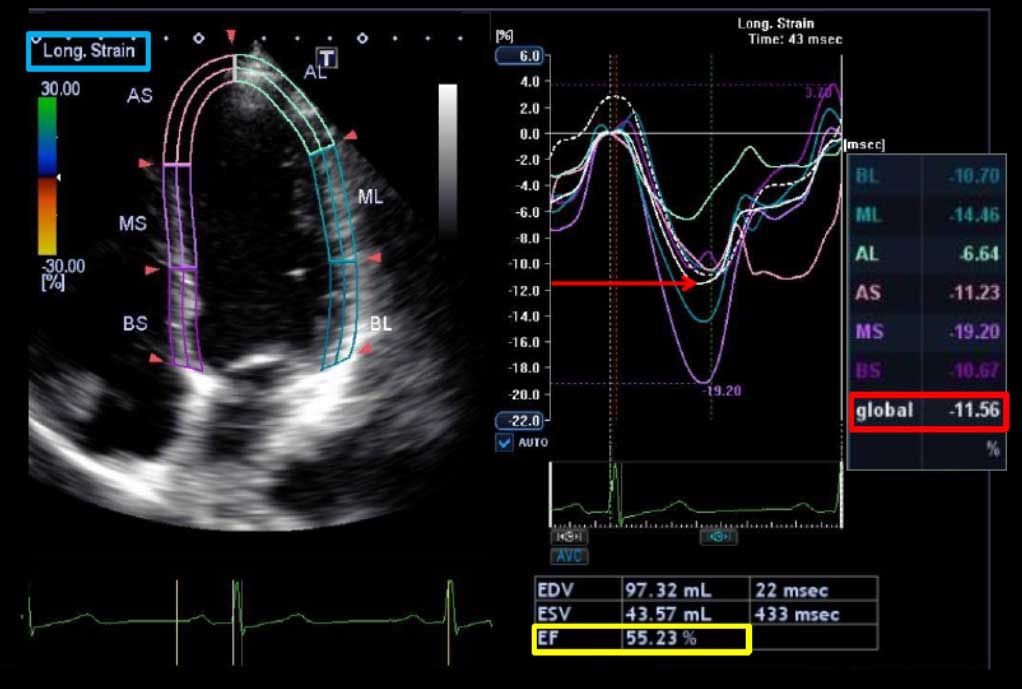Scarring seen on MRI may predict ICD benefit better than assessment of LVEF
Myocardial scarring assessed by MRI is an independent predictor of poor outcomes in implantable cardioverter defibrillator (ICD) candidates with low left ventricular ejection fraction (LVEF), new trial results show.
Currently, measuring LVEF is the most common method for identifying which patients are most likely to need an implantable defibrillator to prevent sudden cardiac death, but sudden cardiac death is usually caused by ventricular tachyarrhythmia, so LVEF is only an indirect measure sudden cardiac death risk. About 70% of patients suffering sudden cardiac death have a preserved LVEF, and studies show that only one death is prevented for every 14 to 18 patients with ventricular dysfunction receiving an ICD, according to the principle investigator of this new trial, Dr Igor Klem (Duke University) and colleagues.
Klem and colleagues used MRI to evaluate myocardial scarring in 137 patients being evaluated for possible ICD placement for prevention of sudden cardiac death. Results of their study are published in the July 31, 2012 issue of the Journal of the American College of Cardiology.
Over a median follow-up of two years, 39 of the patients died and/or had an appropriate ICD discharge for a sustained ventricular tachyarrhythmia. As previous trials have shown, the rate of adverse events increased steadily with decreasing LVEF, but there was a big difference in risk between those with a scar greater than 5% of left ventricular mass and those with less scarring (hazard ratio 5.2). A multivariable Cox proportional analysis showed that scar size was an independent predictor of adverse outcomes.
Among patients with LVEFs >30%, those with scarring over 5% of the left ventricle were 6.3 times as likely to die or suffer a sustained ventricular tachyarrhythmia as those with scarring under 5%. Among patients with an LVEF <30%, those with scarring greater than 5% were 3.9 times as likely to die or suffer a sustained ventricular tachyarrhythmia as those with minimal or no scarring.
Patients with an LVEF >30% but significant scarring had the same risk as all patients with an LVEF <30%. Patients with an LVEF <30% and minimal or no scarring had a similar risk to all patients with an LVEF >30%.
Klem I, Weinsaft J, Bahnson T, et al. Assessment of myocardial scarring improves risk stratification in patients evaluated for cardiac defibrillator implantation. J Am Coll Cardiol 2012; 60:408-20.


